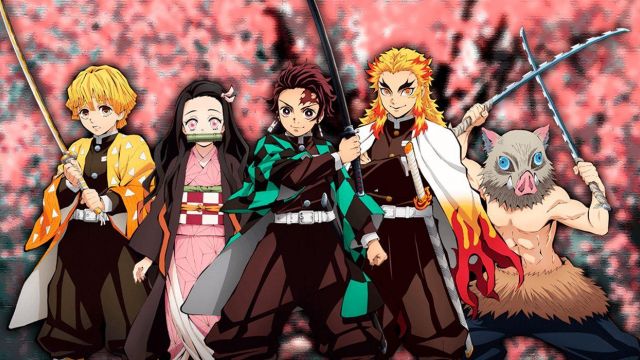In shonen battle anime, time periods rarely have a significant impact. Whether a series is set in the twenty-first or nineteenth centuries has little to do with how one character hits another, especially if extraordinary talents are present. Having said that, there are ways to observe and feel the era in which an anime is set. Demon Slayer is a wonderful example because of its period setting.
Demon Slayer is set in Japan during the Taish Period, which lasted from 1912 to 1926. The time is distinguished by its technological adaptation, trends, and battle between traditionalism and modernism. Not all of these aspects are present in https://mangamonster.net/kimetsu-no-yaiba-mqgre8pkr bouts, but they are felt throughout the story.
How the Setting of Demon Slayer Influences the Story

Among the more notable ways the time period can be felt is through the technological advancements. Coming off the Meiji Period (1868-1912), Japan's efforts to modernize had borne fruit. In Demon Slayer, this is initially observed through the appearance of like power lines in the rural areas. As larger cities are explored, streetlamps and automobiles become standard. There's an entire arc that revolves around the main cast riding a train. That wouldn't mean much in most series, but in Demon Slayer, its rare experience. These are marvels to characters like Tanjiro and Inosuke, who grew up in the countryside, and, thus, are unfamiliar with such advancements.
That difference between rural and urban areas is also represented in how people treat demons. In the countryside, which still adheres to tradition, demons are feared. That's why people try to remain indoors at night.
By contrast, urban areas are less afraid of demons. People regularly walk around at night in large groups, with no sense of danger. It's s a bold lifestyle choice, but it's also what makes it so easy for Kibutsuji Muzan to casually approach someone, slash them, and turn them into a demon.
It's obvious that demons and other supernatural elements are being forgotten. As science progresses, and the inexplicable becomes explainable, fantastical elements, like immortal demons with magical powers, become more difficult to believe. Even the people of the countryside only view demons as rumors and superstition. As Japan moves further into the modern age, they forget to fear demons -- or that they ever even existed.
Why Swords Are Not Allowed in Public by the Demon Slayer Corps

Another way Japan tried to modernize in the Taishō Era was through its adherence to Western fashion. The age of kimonos and zōri sandals was coming to an end,making room for three-piece suits and penny loafers. Those kinds of cultural shiftss are observable, even in older characters like Muzan and Enmu. It can also be seen in the Demon Slayer Corps' gakuran-like uniform, which has its roots in Prussian Waffenrock. Many of them also tend to wear a haori jacket over their uniforms.
The Taishō Period also continues to enforce the sword ban of the Meiji Period. With the end of the Warring States Period, swords were only allowed to be used by a select few, particularly government officers. That is a major hindrance to Tanjiro and his friends, who must conceal their own swords, even when on official Demon Slayer business. It might have been more convenient to simply set the story in an earlier era, but having everything happen after swords were banned adds to the clandestine nature of the Demon Slayer Corps.
Unlike most shonen series, Demon Slayer's setting produces a number of profound effects. For example, because the Taishō Era is rarely covered in such great detail, not many series look quite like Demon Slayer. A rare exception is Rurouni Kenshin. Beyond aesthetics, the Taishō Period also contextualizes a lot of the characters' words and actions. It gives the series a unique look and feel, and influences key plot developments. All of this makes Demon Slayer's setting refreshing and engaging.






